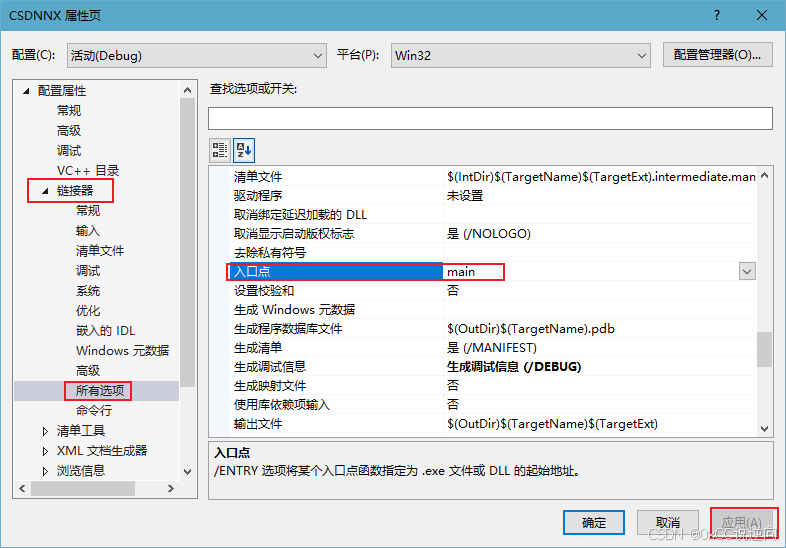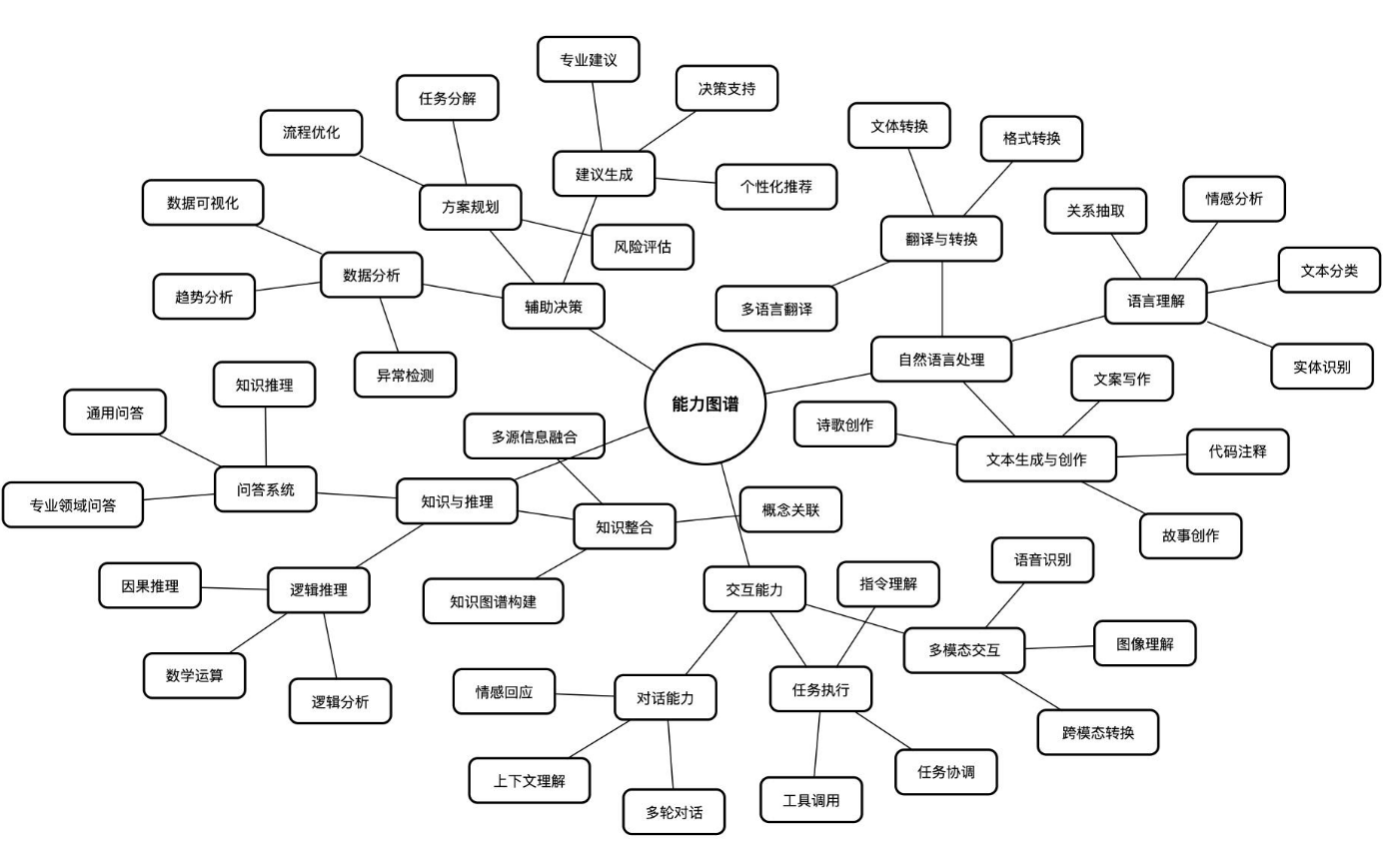151.反转字符串中的单词,需二刷
//先去除多余空格,再反转所有字符,再反转单词,即可反转字符串中的单词
void removeWhiteSpace(string& s){int slowIndex = 0;for(int fastIndex = 0; fastIndex < s.size(); fastIndex++){if(s[fastIndex] != ' '){if(slowIndex != 0){s[slowIndex++] = ' ';}while(fastIndex < s.size() && s[fastIndex] != ' '){s[slowIndex++] = s[fastIndex++];}}}s.resize(slowIndex);}void swapword(string& s, int left, int right){for(; left < right; left++, right--){swap(s[left], s[right]);}}string reverseWords(string s) {removeWhiteSpace(s);swapword(s, 0, s.size()-1);int start = 0;for(int i = 0; i <= s.size(); i++){if(s[i] == ' ' || i == s.size()){swapword(s,start,i-1);start = i + 1;}}return s;}55.右旋字符串
//了解反转,再反转的用法
#include<iostream>
#include<algorithm>
using namespace std;int main(){int k;string s;cin >> k;cin >> s;reverse(s.begin(),s.end());reverse(s.begin(), s.begin()+k-1);reverse(s.begin()+k,s.end());cout << s;
}28.找出字符串中第一个匹配项的下标,需二刷
//KMP经典问题,需了解KMP算法中的具体步骤及实现细节,主要了解最长公共前后缀的概念,以及字符不匹配时从j以前字符串的最长公共前后缀位置开始重新匹配
void getNext(int* next, string& needle){int j = 0;next[j] = 0;for(int i = 1; i < needle.size(); i++){while(j > 0 && needle[i] != needle[j]){j = next[j - 1];}if(needle[i] == needle[j]){j++;}next[i] = j;}}int strStr(string haystack, string needle) {vector<int> next(needle.size());getNext(&next[0], needle);int j = 0;for(int i = 0; i < haystack.size(); i++){while(j > 0 && haystack[i] != needle[j]){j = next[j - 1];}if(haystack[i] == needle[j]){j++;}if(j == needle.size()){return (i - needle.size() + 1);}}return -1;}459.重复的子字符串,需二刷
//解法1 KMP算法,需了解为何最长公共前后缀不包含的字符串什么时候是代表s的最小重复子串
void getNext(int* next, string& s){int j = -1;next[0] = -1;for(int i = 1; i < s.size(); i++){while(j>=0 && s[i] != s[j+1]){j = next[j];}if(s[i] == s[j+1]){j++;}next[i] = j;}}bool repeatedSubstringPattern(string s) {vector<int> next(s.size());getNext(&next[0], s);int len = s.size();int token = len - (next[len - 1] + 1);if((next[len - 1] != -1) && (len % token == 0)){return true;}return false;}//解法2.移动匹配
//如果由重复子串构成,则能在拼接出的字符串中找到新的相同字符串
bool repeatedSubstringPattern(string s) {string t = s + s;t.erase(t.begin()); t.erase(t.end() - 1); // 掐头去尾if (t.find(s) != std::string::npos) return true; // rreturn false;}

















